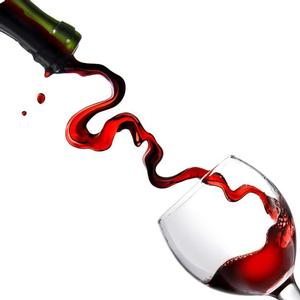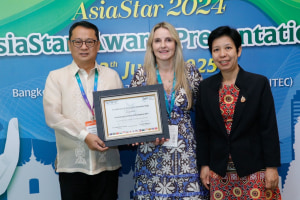Australian wine exports grew in both average value and volume last year, according to the latest Wine Export Approvals Report, released by Wine Australia.
The report showed Australian wine exports increased by 3 per cent to 721 million litres - valued at A$1.85 billion - and the average value per litre increased, with bottled wine up 3 per cent to A$4.43 per litre and bulk wine up 2 per cent to $1.03 per litre.
Wine Australia’s chief executive Andrew Cheesman said that like all export industries, the strong Australian dollar was challenging the wine sector, but the continued growth in the average value of Australian wine exports was positive news for Australia’s wine industry.
“Australian wine exports delivered a solid performance in some of our key markets last year and, as global supply is tightening, we believe there are signals for cautious optimism,” Cheesman said.
“We are confident that with the high quality of wine being produced at all price points, the sector can continue to achieve growth in emerging markets and benefit from a ‘second life cycle’ in some of the more mature markets.
“For example, Australian wine continues to build and cement its positive reputation in the emerging China market, with Australian bottled wine exports growing strongly, up 15 per cent to 35 million litres and the average value of bottled exports up by 6 per cent to A$6.39 per litre.
“China’s demand for premium wine continues delivering strong growth across higher price segments, with the above $10.00 per litre segment recording the strongest growth, up 40 per cent to 4.8 million litres.
“China consolidated its position as the biggest destination for Australian bottled exports above $7.50 per litre, ahead of Canada and the US, while the average value of Australian bottled wine exports to China was above that of France.
“Wine Australia continues to work closely with wine producers to identify and maximise the environment for sustainable demand for Australian wine. In addition to generating growth in emerging markets such as China, we also need to build stronger demand at more sustainable price points in some of our more mature markets including the UK and USA.
“It is encouraging that we are seeing some traction, with some of our mature markets delivering growth at the premium end, while the above $10 per litre segment grew across all markets.
Wine Australia is implementing new initiatives to help capitalise on some of these 'green shoots' including a partnership with Tourism Australia, which will deliver a major global campaign to generate greater awareness and build a higher value premium perception of Australian wine and the quality of our food and wine tourism experiences.
“The partnership will move the promotion of wine firmly into the lifestyle sector through a combination of food, wine and tourism,” Cheeseman said.
“Central to this will be our first ever global Australian wine forum in September to bring together some of the world’s most influential wine trade partners including retailers, sommeliers, distributors, top Australian winemakers, captains of industry and leading wine and lifestyle media, to invigorate interest in and drive sales of Australian wine in key markets.
“Ultimately, we want to activate the trade and see more quality Australian wines on wine lists and retail shelves around the world.”






